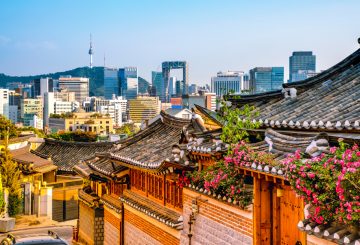9월 말 3개월 동안 뉴질랜드의 소비자 물가 상승률은 1.8% 로 예상보다 낮았습니다.이로 인해 연간 물가상승률은 5.6% 로 내려가 2년 만에 최저치를 기록했습니다.
이러한 상승의 주요 요인은 주로 리터당 25센트의 세금 감면 조치로 인한 휘발유 가격 급등입니다.이는 Stats NZ의 가격 담당 수석 관리자인 니콜라 그로우든 (Nicola Growden) 에 의해 확인되었습니다.게다가 빵, 시리얼, 계란, 우유와 같은 필수품도 인플레이션에 기여했습니다.
Growden은 일부 과일과 채소의 가격이 인상되었지만 계절적으로 조정된 수치에 따르면 다른 과일과 채소의 가격은 하락한 것으로 나타났다고 덧붙입니다.
주요 은행들은 소비자 물가가 1.9% 에서 2.2% 사이로 상승할 것으로 예상했습니다.실제 수치가 1.8% 라는 것은 놀라운 일이었습니다.Growden은 앞으로 더 많은 가격이 하락하기 시작할 것이라고 암시합니다.
키위뱅크의 수석 이코노미스트인 재러드 커 (Jarrod Kerr) 는 핵심 인플레이션 지표가 약 5% 수준이라고 말하면서 연간 금리 하락을 강조했습니다.이로 인해 11월 금리인상은 위축될 수 있으며, 심지어 내년 5월까지 금리인하가 단행될 수도 있습니다.
그러나 ANZ 은행 전문가들은 현지 인플레이션 압력이 여전히 우려된다고 판단하여 금리 인상 전망을 내년 2월로 상향 조정했습니다.금융 전문가들은 중앙은행이 공식 기준금리를 장기간 높게 유지할 수도 있다고 제안합니다.
지난 분기 데이터에 따르면 연간 물가상승률은 6.7% 에서 6% 로 하락했습니다
.






























































